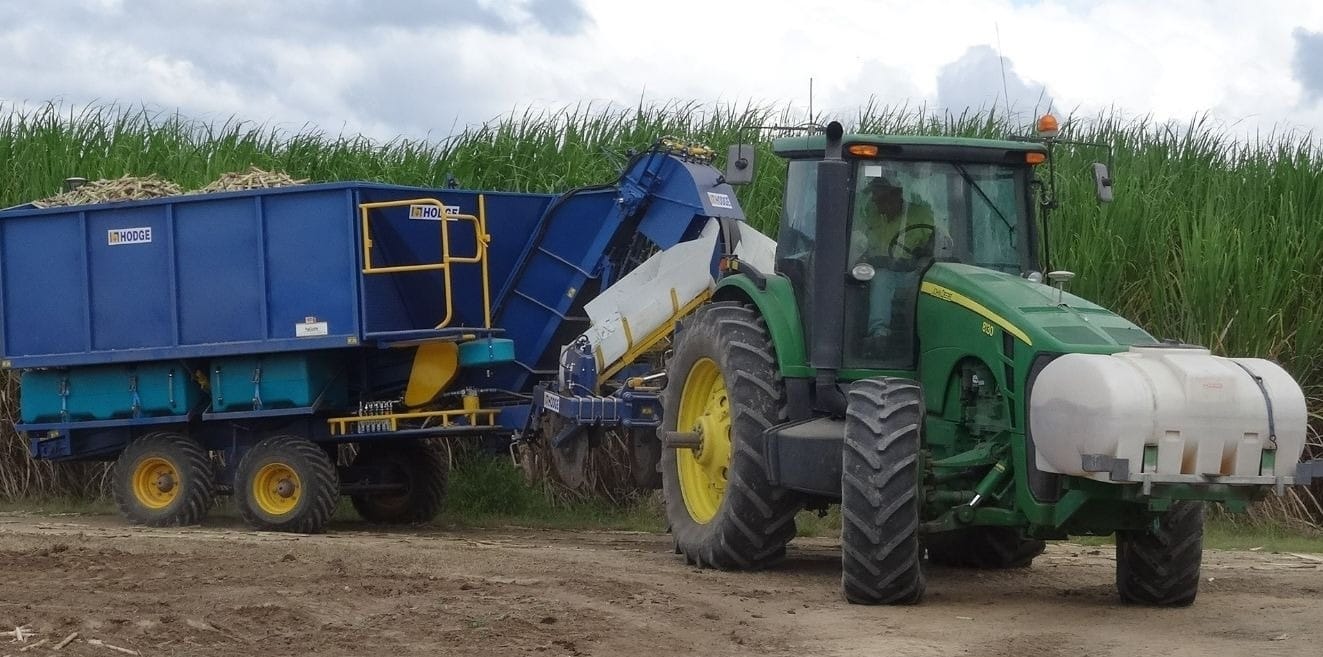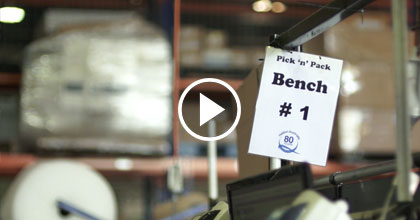
Have you noticed how many Lean consultants and speakers love to spice their language with Japanese words. Words like “Kanban” and “Kaizen” have almost entered the English language, but what about “nemawashi”, “hansei”, “yokoten” and “kaikaku”? What do these lean terms mean and does it really matter?
I would argue that there is a place for Japanese Lean Jargon and that place is Japan. By using Japanese jargon in English I think that Lean experts actually undermine the lean message, by making Lean seem elitist and restricted for “those in the know”. In fact, Lean is a simple and practical improvement approach that can be used in any culture and any industry.
Lean is also not the “Japanese Production System” You do not need to be Japanese or understand Japanese to implement Lean successfully. The roots of Lean thinking in fact go back to the US and influences like Henry Ford’s assembly line production and the systems developed to support armaments production during World War Two. What Toyota and other Japanese companies (such as Honda and NEC) did was enthusiastically adopt these methods as part of their reconstruction after World War Two and (in the case of Toyota) build these methods in a holistic and highly effective management system.
This superior production system was at least partly responsible for the successful global growth of these Japanese corporations over the second half of the twentieth century. However, since before the turn of this century the Japanese economy has stagnated with almost zero economic growth. Many would say that Japan is the least productive developed country in the world. One estimate I saw claimed that less than 20% of Japanese companies had implemented Lean. Japan is a beautiful country with an ancient and wonderful culture, but Lean and productivity is not some inherent Japanese character trait that requires deep study and a working knowledge of Japanese to understand. In fact most Japanese companies and government agencies would do well to learn from their counterparts at Toyota.
So if Lean is not the Japanese production system, what is it? Lean is a term that is used to describe the Toyota Production System (TPS). While developed in Japan, the Toyota Production System has been exported successfully all over the world from Indonesia to India and from Kentucky to Derbyshire. Workers in China, Brazil, Canada and Thailand (to just name a few countries where Toyota manufactures) all successfully apply TPS to achieve market leading productivity and quality.
So if Lean is not “Japanese”, why do we need to use all those Japanese terms? In short, we don’t need them, and in my opinion we shouldn’t use them. I personally think that Japanese people would find it rather strange (and perhaps a bit silly) to hear westerners using Japanese words in English sentences (often out of context). All the Japanese terms have simple English equivalents. I think when we are speaking English we should use the English version of the terms (or the French, Chinese, Thai or Portuguese equivalents if you are speaking those languages).
Next time you are talking to a Lean expert and he or she uses Japanese words, ask him or her to explain what those terms mean in plain English. If they can’t, I would suggest that they probably don’t really understand the terms themselves and are using the Japanese terms to impress and possibly intimidate you. So that you are not intimidated, here are some simple explanations for the most common Japanese words used in Lean.
| Japanese Term | Literal Meaning | English Equivalent | What it is |
| Andon | Paper lantern (comes from the use of traditional lighting equipment using a fire burning lamp made out of paper and bamboo) | Help Button(Chord) | A very simple, but powerful system where a front line employee can signal for help. Pushing a button or pulling a chord illuminates a light and/or triggers an audible alarm. The employee’s team leader is then expected to attend to provide assistance in a specified period of time. |
| Gemba | The actual place or “the scene of the crime” | The actual workplace | A name for the place where value is created in your business – whether it be an office, a factory floor or an operating theatre. |
| Gembutsu | The actual thing. | The real thing. | The actual work being done as seen first hand. |
| Genchi Gembutsu | The actual thing in the actual place | Go and See | The need for leaders in business to get out of their offices and actually go to the workplace to see how the work is done rather than relying on reports and second hand information. |
| Hansei | Reflection/ contemplation | Self reflection | A person actually reflecting on their own performance and taking responsibilities for their own shortcomings and problems they have caused. |
| Heijunka | Levelling | Load Levelling | Adjusting production across a number of processes so that they all work at a level rate (equal to Takt Time) |
| Hoshin Kanri | Ho” meaning method or form and “shin” meaning shining needle or compass. Kanri means management or control; | Policy Deployment | A process by which business strategy is propagated through the functions and levels of an organisation. Ensures strategic alignment and allows for feedback back up the organisation on strategy. |
| Kaikaku | Reform | Revolutionary change | Achieving improvement through big revolutionary changes. |
| Kaizen | Improvement | Continuous improvement | A process of evolutionary change for the better through small steps over time. |
| Kanban | Signboard or billboard | Pull System | A system where by inventory is replenished and production scheduled based on replenishing usage rather than by making to a forecast. Returnable “Kanban cards” are often attached to inventory containers and then detached and returned to trigger replenishment when the inventory has been consumed. |
| Muda | Useless, wasteful | Waste | Any non-value added activity, or material. |
| Mura | Uneven, irregular | Unevenness | Excessive variation in a process or in customer demand. |
| Muri | Impossible or unreasonable | Overburden | Overloading a process or people in a process. |
| Nemawashi | Going around the roots | Consensus building | The process of building support for change by sharing it with people and gaining their input. |
| Poka Yoke | Error proofing | Error Proofing. | A device that prevents errors in a process. This might be a fixture that prevents mis-assembly, but can also be an office routine that prevents the operator making a simple mistake. |
| Yokoten | Across everywhere | Horizontal sharing | Sharing learnings across the organisation, between locations, functions and even divisions. Both the learning and the process by which the learning was obtained is shared. |







